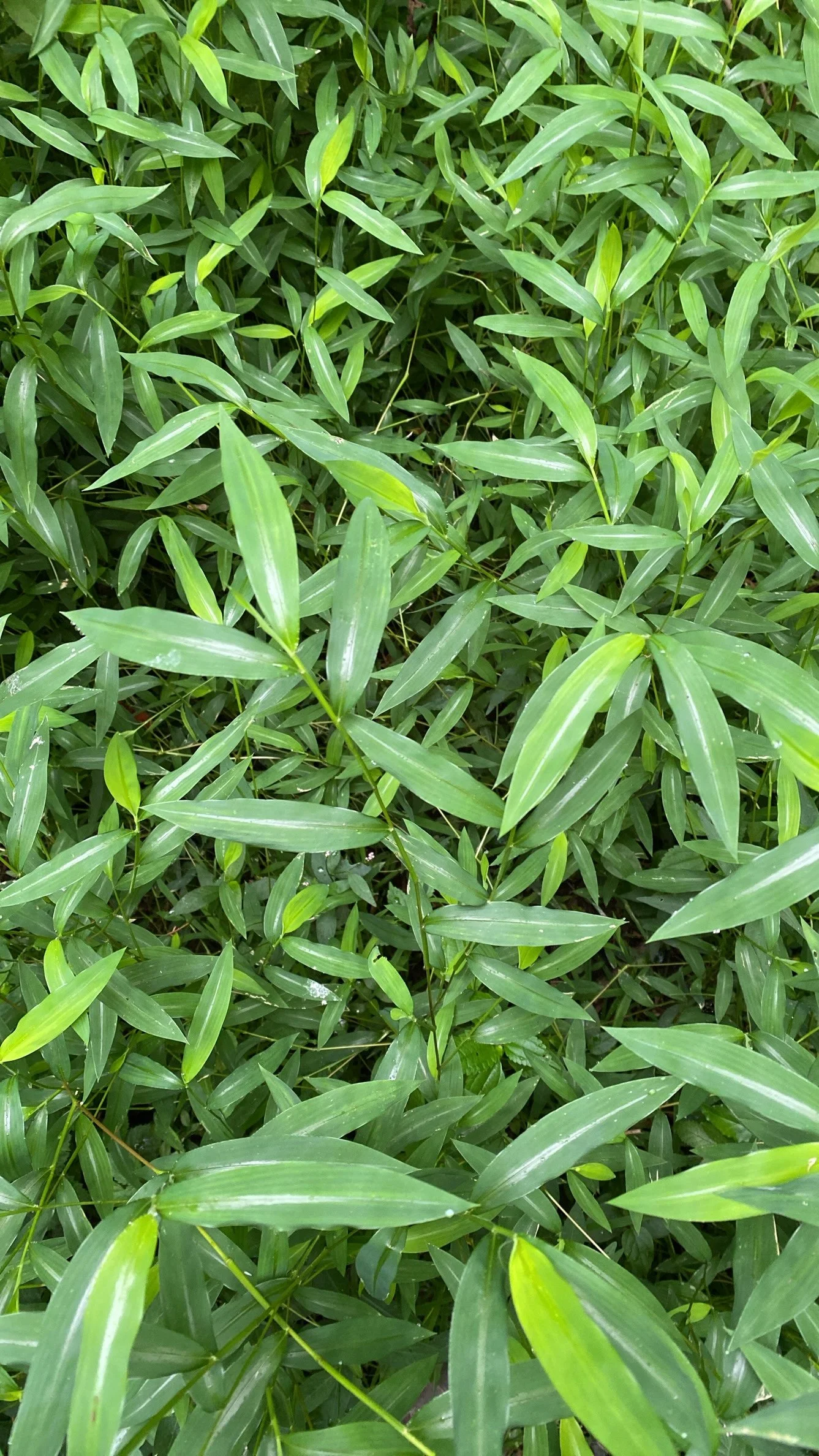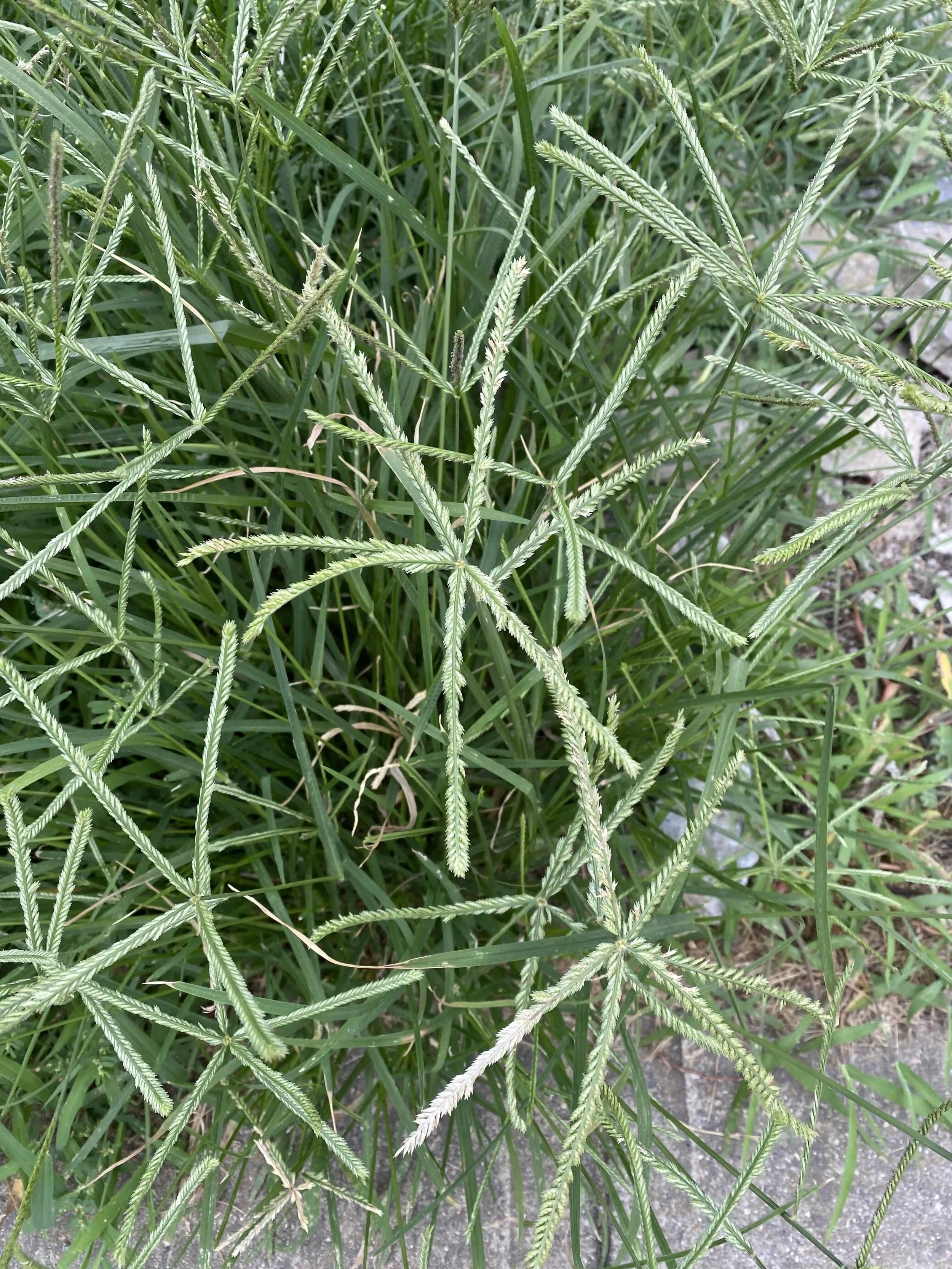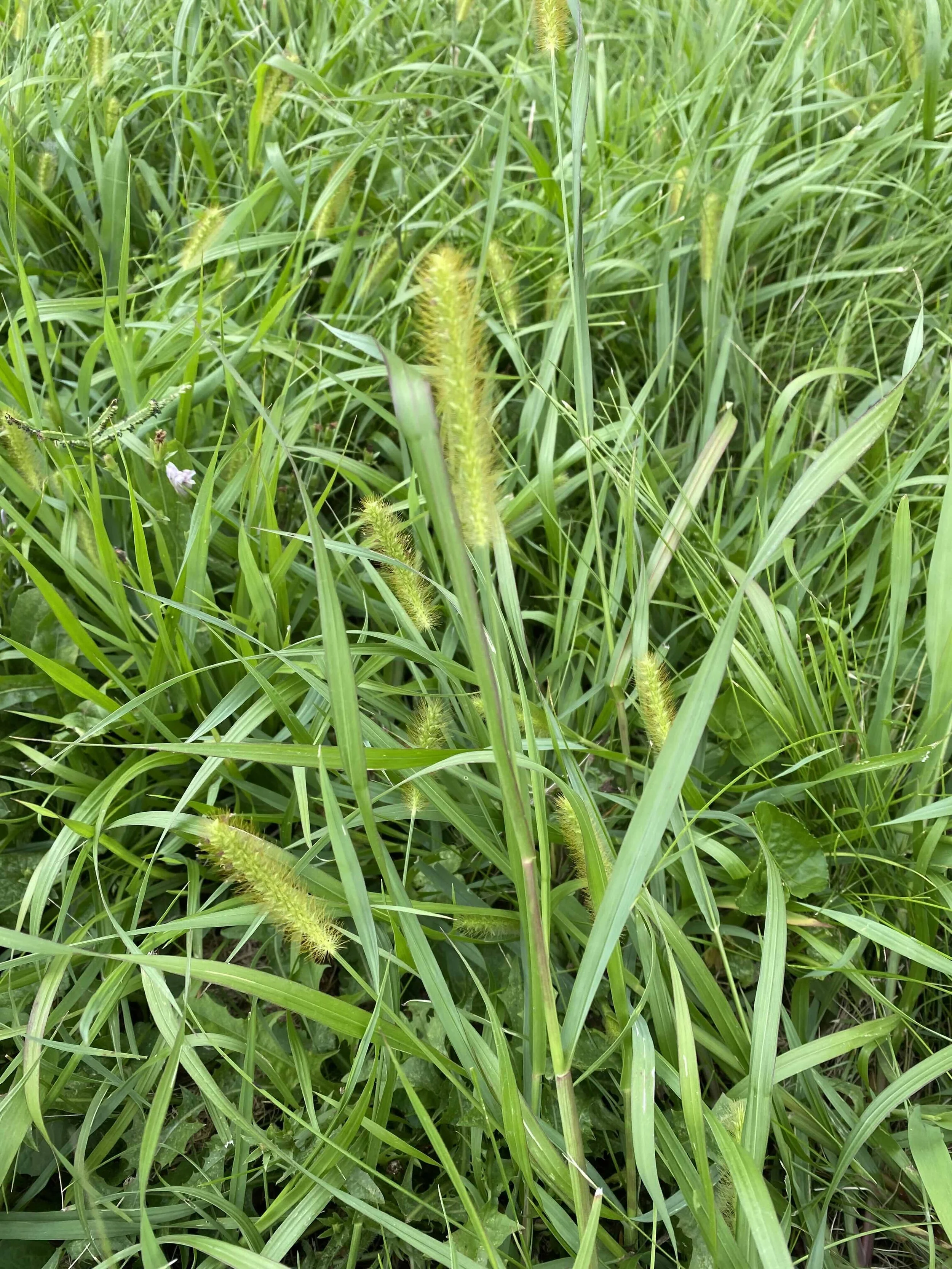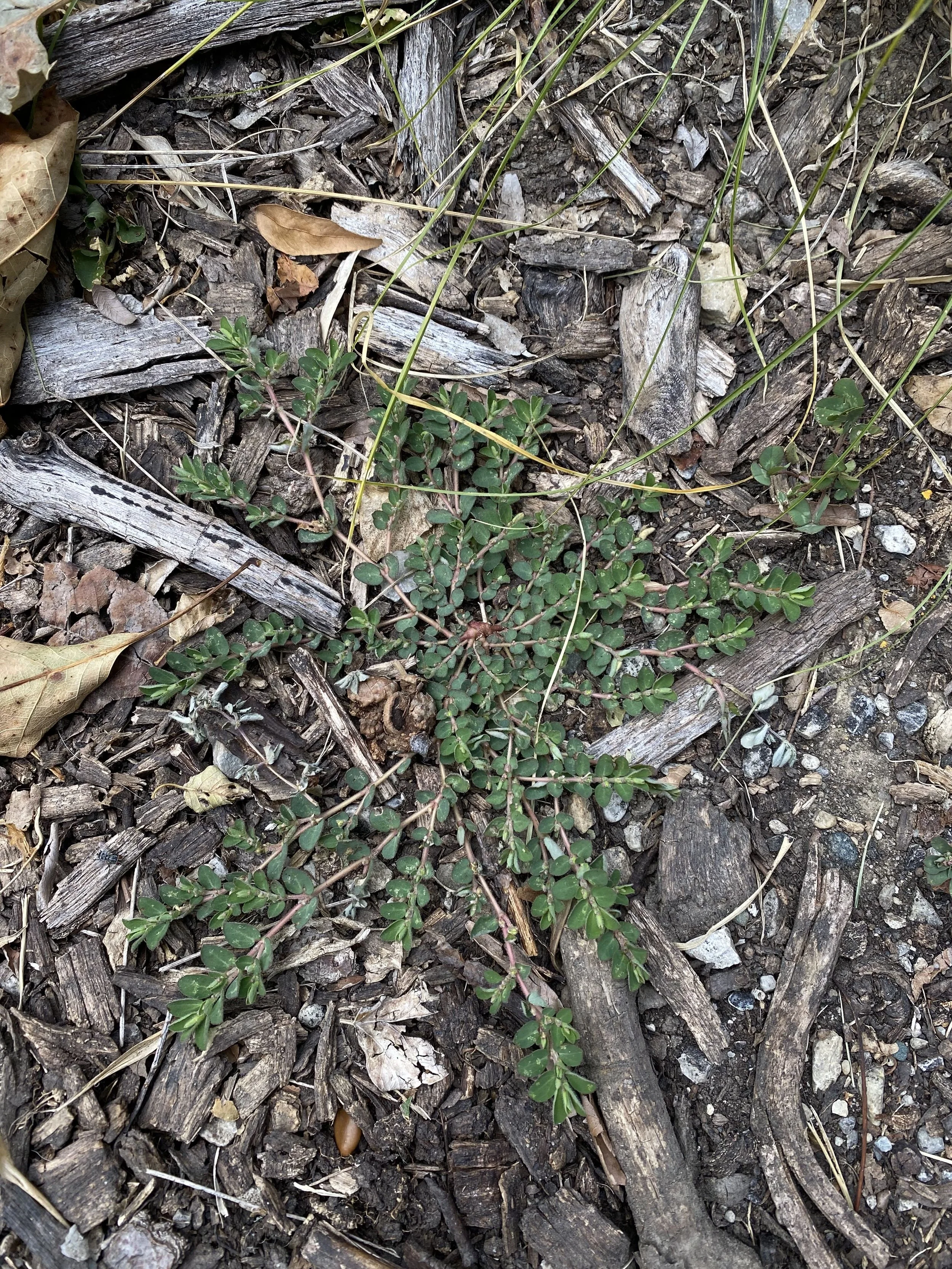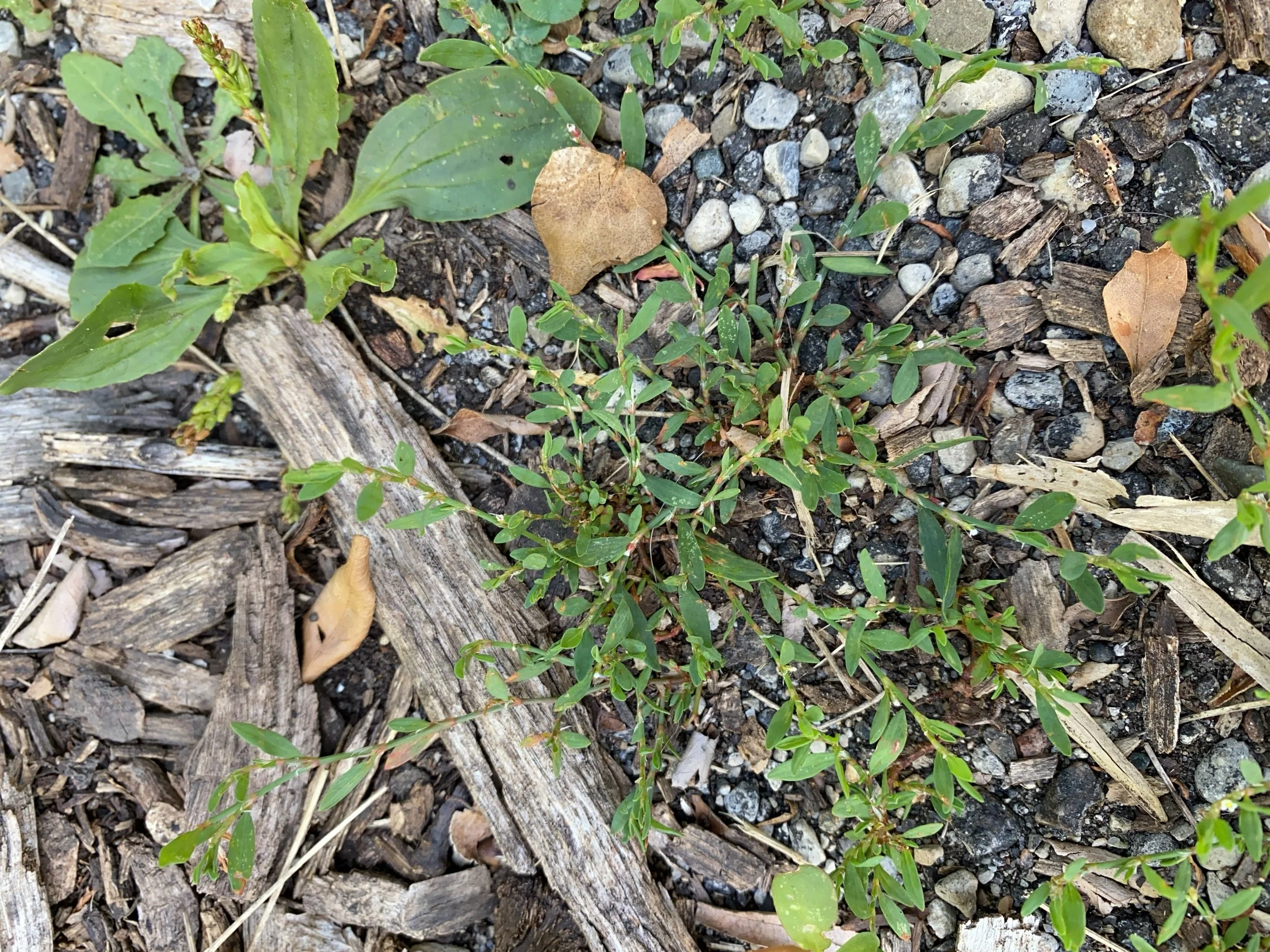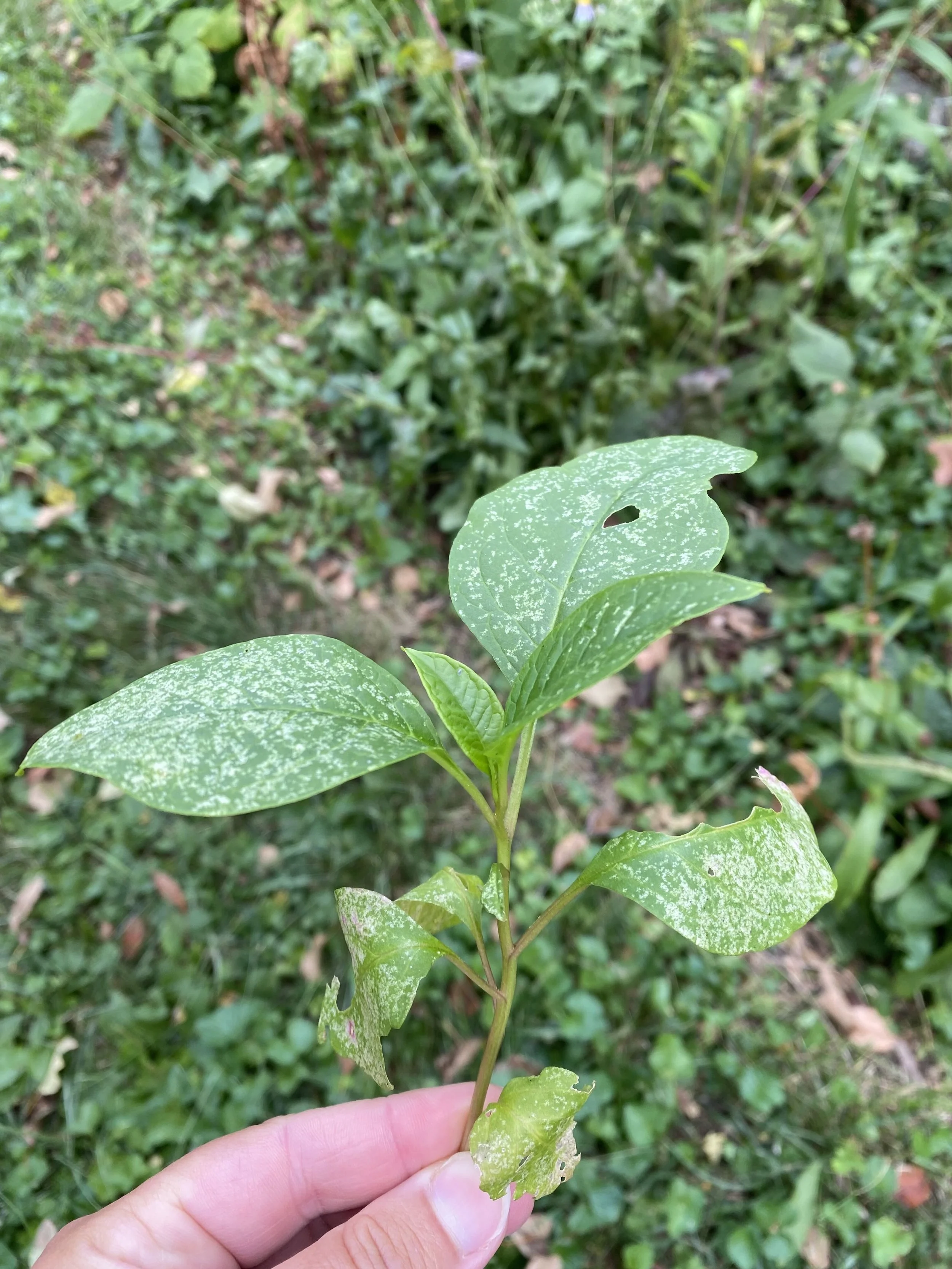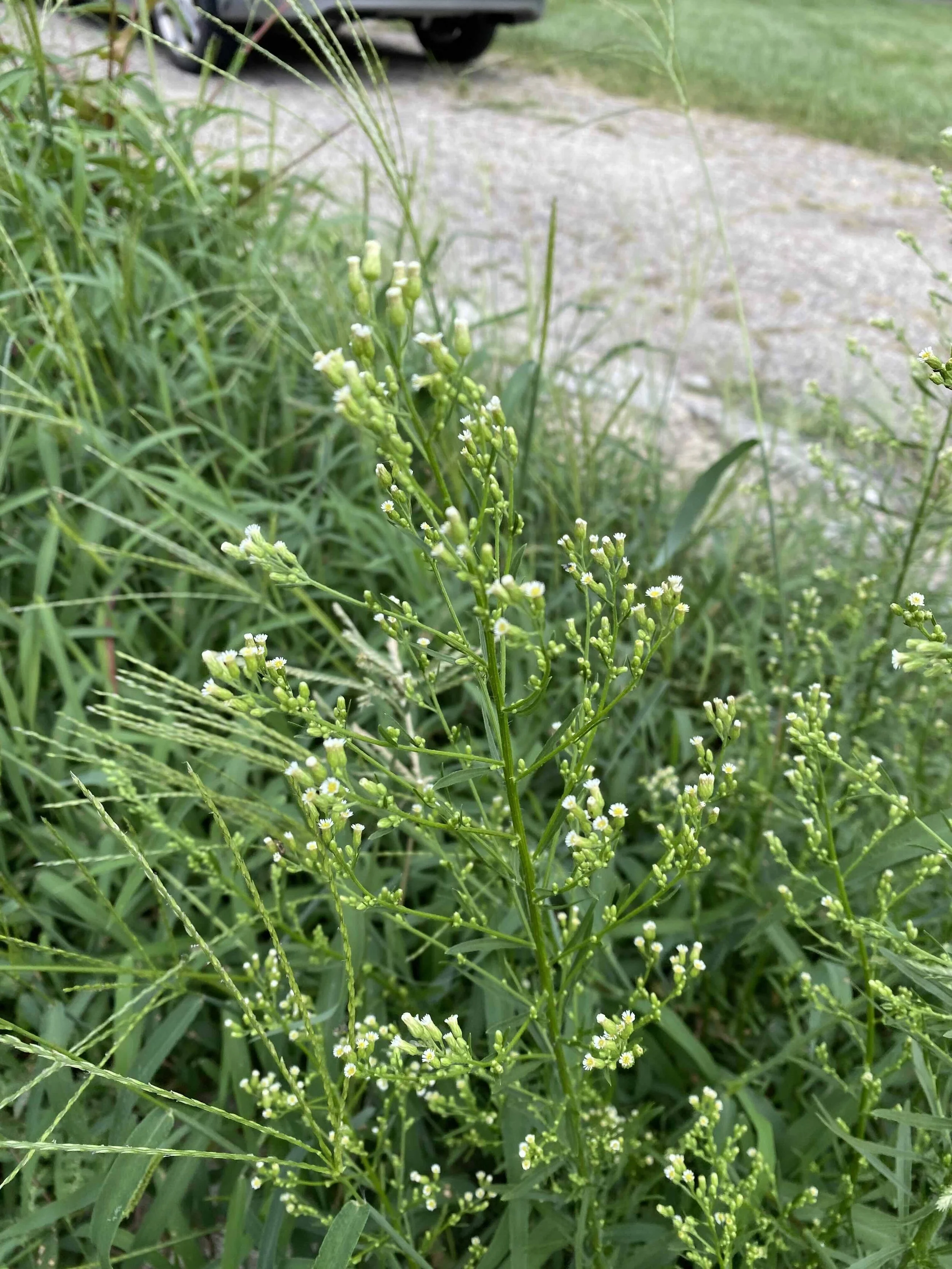Late Summer Weeds
It’s August, it’s normally hot this time of year, but this week the temperature is in the low 70s. As usual, however, it is VERY dry.
Despite the lack of rain, the weeds persist and even flourish. In our landscapes right now, a lot of annuals are finishing flowering and getting ready to disperse thousands of seeds to ensure the next generation of their kind. (Annuals are plants that live for one season and produce A LOT of seed to ensure their species be present in the future.) To be a friend to our future selves we want to prevent those seeds from being dispersed.
Less seeds = less weeds
Pulling weeds out of the soil can cause more harm than good. Pulling a weed is an act of disturbance which creates an opportunity for another weed to germinate from the newly upturned soil. Seeds can stay viable in the soil for decades, just waiting for the right conditions.
Cutting method:
To minimize disturbance, I recommend cutting the offending plant right at the soil level. This may not kill the plant, but it will significantly weaken it. The plants you want will grow over it and shade it out (no light = no food production = dead plant), it may grow back, but each time it's cut it gets weaker.
If the plant is flowering or making seed, it has invested a lot of stored energy into that reproduction, meaning its resources are depleted. Cutting it at this time is almost guaranteed death, especially for annuals.
Pulling method:
If you prefer to pull weeds, it’s easier to do so if the soil is moist—dry soil is like concrete. Water the area the day before, or at least a few hours before, you plan to weed.
After you pull the weed, tamp the soil back down and replace the mulch if necessary. This will help reduce the disturbance.
If you mistakenly pull a desired plant (the pot-shaped root ball is usually the giveaway) , just place it back in it’s hole and give it a drink to resettle the roots. It happens, I’ve done it.
For both methods, discard the plant if flowers or seeds have already formed.
If no seeds or flowers have formed, you can leave the plant materials in the bed as mulch or put it in your compost pile.
String Trimmer method:
If the weeds are dense, especially with annual grasses, hand cutting the weeds back is a bit arduous and time consuming (I speak from experience). You can use a string trimmer to cut the flower heads from the offending plants. Cut everything at about 8inches tall and rake away the debris. Yes, you will end up cutting some of your perennials that we just planted, but they can handle the hit and will be happy to be rid of some of the competition.
Check back in a few weeks to see if the offending annuals are flowering again and repeat the process.
Annual weeds to look for:
There are so many more than what is listed here, I’ll add to the gallery as I collect more images. Some that come to mind that aren’t pictured are Palmer’s Amaranth, Sow Thistle, Poa annua, Crabgrass, etc.
I strongly encourage everyone to use an identification app when weeding. If I’m unsure of a plant, I leave until I can properly identify it, you never know if it’s a diamond in the rough!
To help with identifying plants, I like using the iNaturalist app, it works in real time to identify a plant or animal. It will list how confident it is about the ID it made (the apps aren’t always correct).
Weeds to contemplate:
A weed is a plant in a place you don’t want it. That could be your Purple Coneflower setting seed in your walkway or it could be these other native plants that have been labeled as “weeds” but actually do a lot to support wildlife. You may not want these characters in your front garden but maybe there’s an out of the way place where they could stay and support wildlife in the myriad of ways that they do.
A compromise I make with some of these plants is to let them flower, but cut them back before the seed is made and dispersed. Many of them have small flowers that even smaller insects really enjoy. Each of these images has a link to learn more about the benefits of these “weeds”.
This is an important concept to think about because as a society we have done a fantastic job at eliminating our “weeds”. In fact, we’ve done such a good job at it, we’ve driven some insects to near extinction! Many of you probably know what I’m referring to: the Monarch butterfly. The Monarch butterfly requires milkWEED to survive. Without Milkweed, Monarch caterpillars don’t have anything to eat, which means we have less and less Monarch butterflies. This same phenomenon applies to every other type of moth and butterfly in our ecosystem; without their host plant, some animals can’t reproduce. Also, Milkweed supports more than just butterflies, there are: Milkweed Tussock Moths, Milkweed Beetles, Milkweed Bugs that enjoy the seed pods, and the flowers are enjoyed by all of the pollinators.
So rethink the term “weed”, especially when it’s in the name of a plant, as it is rooted in our country’s colonial past as a means to clear and claim the land. We know better now, let’s do better.
